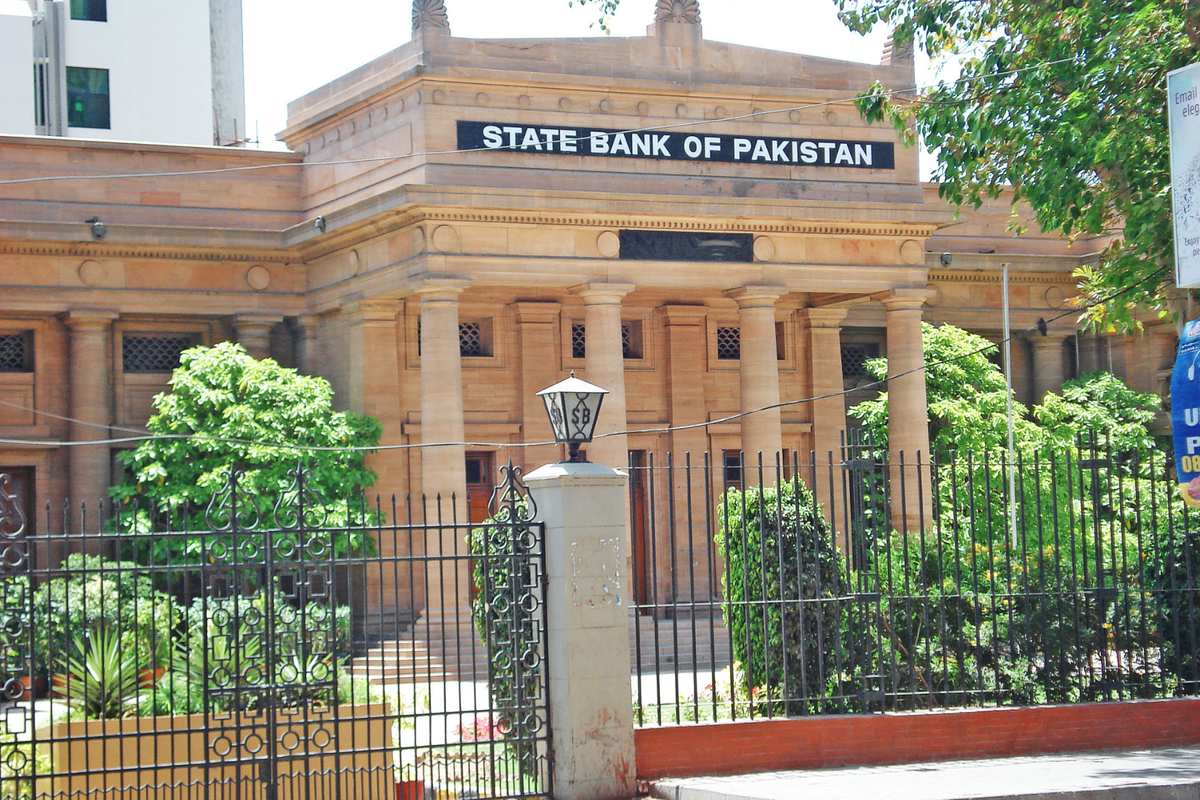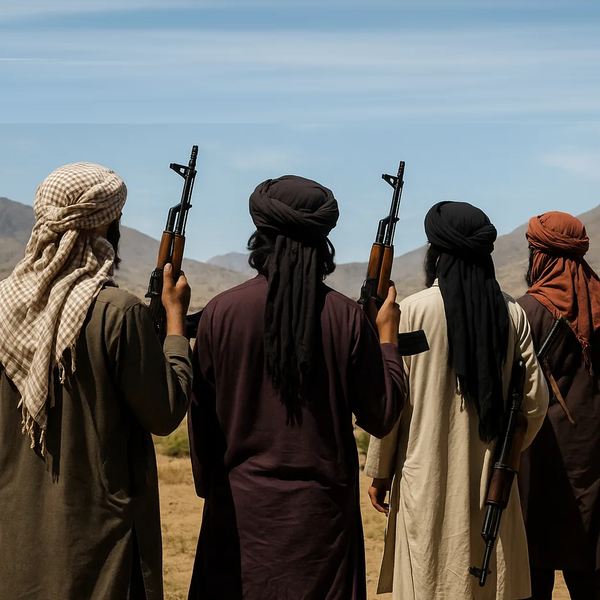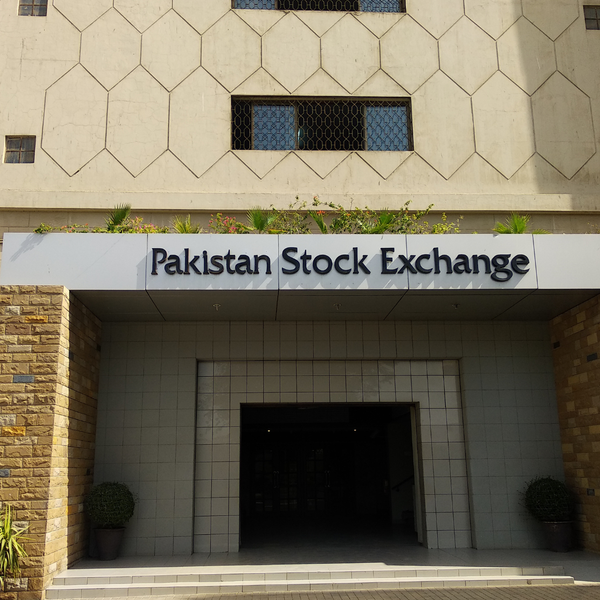Pakistan’s macroeconomic conditions show steady improvement in first half of FY25
Weak growth in labor and total factor productivity weakened economic competitiveness
Business Desk
The Business Desk tracks economic trends, market movements, and business developments, offering analysis of both local and global financial news.

Pakistan’s weak growth in labor and total factor productivity has weakened its economic competitiveness, contributing to recurrent boom-bust cycles, the State Bank of Pakistan (SBP) mentioned Monday in its latest State of Pakistan’s Economy report.
While macroeconomic indicators improved in the first half of fiscal year 2025 (H1-FY25), the SBP found that Pakistan’s productivity drivers and structural factors have performed weakly compared to peer economies.
The report emphasized the need to address macroeconomic and structural constraints to boost productivity.
SBP noted significant economic improvements, including a sharp drop in headline inflation, a current account surplus, and the lowest fiscal deficit since FY05.
It attributed these gains to a calibrated monetary policy, fiscal consolidation, favorable global commodity prices, and approval of the International Monetary Fund’s Extended Fund Facility (EFF) program.
The upgrade of Pakistan’s credit rating by international agencies was cited as a reflection of the improving macroeconomic climate.
Inflationary pressures eased notably, with headline inflation plummeting to a multi-decade low of 0.7 percent in March 2025.
The decline was credited to tight monetary policies, fiscal consolidation, improved supply conditions, stable energy prices, and subdued global commodity costs.
In response to the cooling inflation and positive inflation outlook, the SBP reduced the policy rate by 1,000 basis points between June 2024 and February 2025.
The report noted that the resulting financial easing, coupled with a modest rise in economic activity and increased lending, fueled substantial growth in private-sector credit.
However, real GDP growth moderated, with declines in key kharif crops and industrial activity in H1-FY25. Agricultural setbacks were attributed to policy uncertainty, last year’s low crop prices, adverse weather conditions, and reduced use of certified seeds and other inputs.
Industrial contraction, though less severe than the previous year, was counterbalanced by small-scale manufacturing, utilities, and slaughtering, while mining, construction, and large-scale manufacturing showed declines.
The report highlighted relative resilience in the services sector compared to the same period last year. A steady rise in exports and workers’ remittances helped offset increased imports, resulting in a current account surplus.
These developments, alongside the IMF’s EFF disbursement and increased private inflows, bolstered the SBP’s foreign exchange reserves.
The findings underscore the need for structural reforms to sustain macroeconomic stability and drive long-term productivity growth, the central bank said.










Comments
See what people are discussing